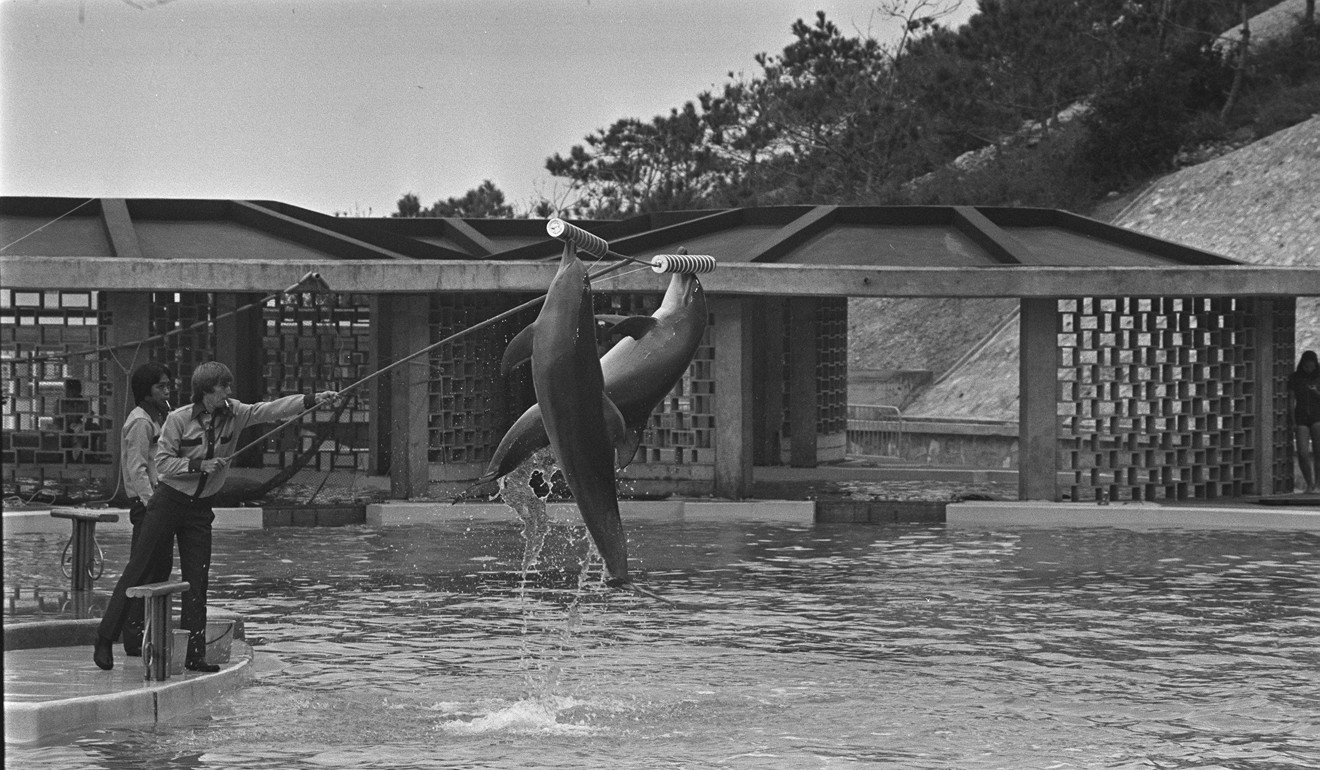
Hong Kong’s Ocean Park: dated and fake, or a conservation champion?
As the 40-year-old amusement park deals with declining visitor numbers and a record deficit, animal rights campaigners criticise its captive marine mammal performances and say its conservation efforts are ‘window dressing’
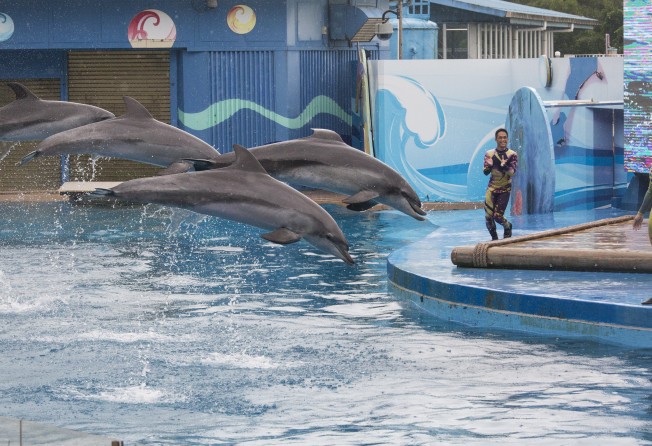
A black sea lion cavorts and dances in time to loud circus music pounding from the sound system. The creature lurches its head violently from side to side, in time to the music, urged on by its trainer, as the audience at Ocean Park claps along in apparent delight.
It’s 50 years since the Hong Kong government agreed to grant free land near Aberdeen for a radical new oceanarium concept, which opened its doors nearly 10 years later, in January 1977.

“I am really embarrassed about Ocean Park,” says Zoe Ng a co-founder of Hong Kong’s Empty the Tanks campaign, which opposes keeping marine mammals in captivity.

The business is faltering, the offerings are dated and the park’s claim that it’s a champion of ocean conservation and education looks increasingly like a fake veneer.
At the Ocean Theatre, four dolphins swim from a holding tank into the main display pool area and leap in a perfectly choreographed sequence, as the headline act commences, relayed via two giant displays located behind the pool.
At the climax of the show, an imitation ship is wrecked in a simulated storm, and in a mock drowning incident, a trainer is heroically rescued by the bottlenose dolphins to rousing music and enthusiastic cheers from the audience.
“What sets Ocean Park apart from other amusement facilities or theme parks in Asia is that we are real,” a spokesman says.
Behind the pool and the screens is something more authentic. An outstanding view of the real sea, home to the remaining Chinese white dolphins in the Pearl River Delta, which rely on the waters of Hong Kong to survive. A University of Hong Kong study this year estimated their number at just 368.
“What is the point of breeding [bottlenose] dolphins in captivity to perform for humans when they are not a local species and not even endangered in the wild,” asks Ng, and claims that rather than imitation conservation, the real legacy of 50 years at Ocean Park is a death toll of many marine mammals.
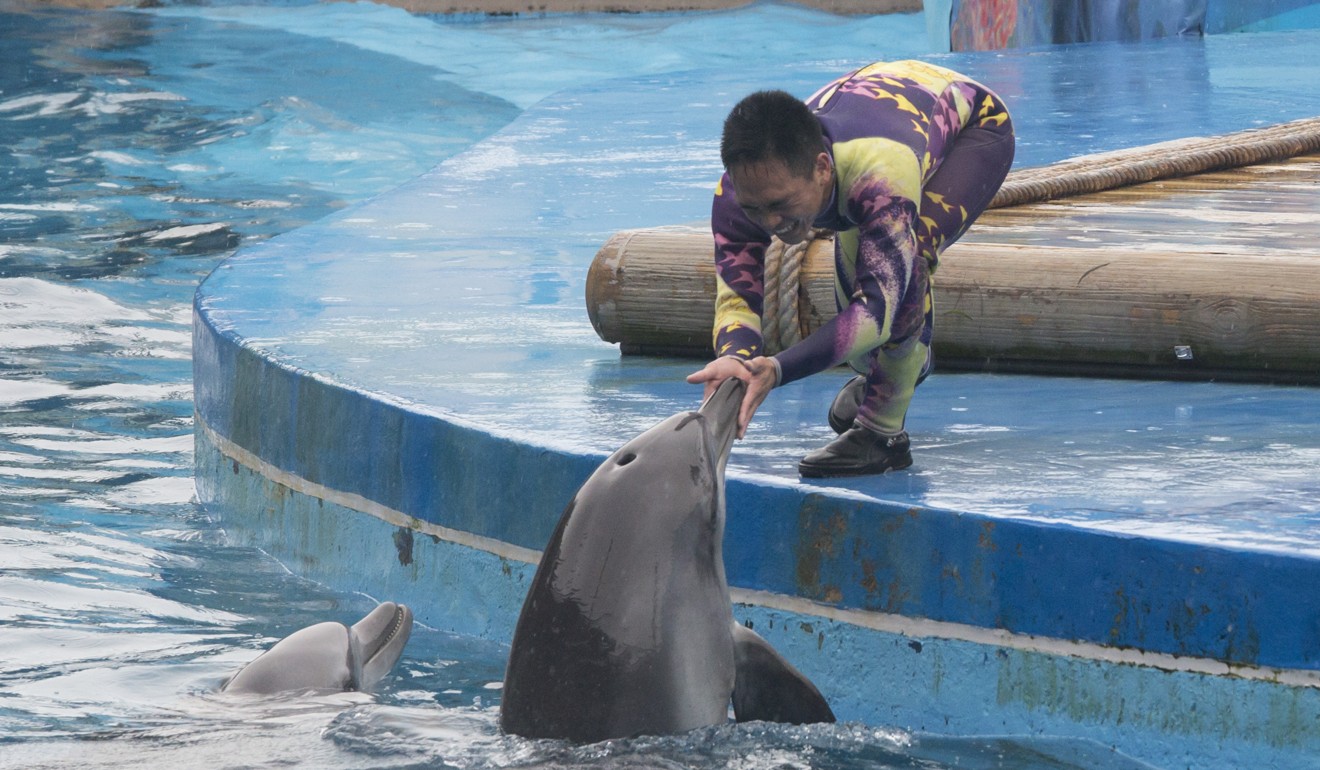
The published mortality rates since 2010 show a significant improvement and Ocean Park insists live animal shows are an important part of conservation education, which is key to its mission.
“Accredited facilities, such as Ocean Park, allow people to experience animals in a respectful, safe and educational environment,” a park spokesperson says, rejecting Ng’s criticism of the live animal shows.
Ocean Park says the positive educational impact of its presentations has been validated via third-party research and visitor surveys. It points to an independent study conducted by the Alliance of Marine Mammal Parks and Aquariums in 2011, which found that 89 per cent of respondents agree that children learn more about marine mammals at an aquarium or zoo than in the classroom. After 40 years of education, many in the world of marine conservation are unconvinced it’s making much difference.
“The show is shocking and there is nothing educational about seeing captive dolphins perform tricks. It’s garbage, it’s dated and it needs to go,” says Gary Stokes of the Hong Kong-based Sea Shepherd Conservation Society, that helps raise awareness about the vulnerability of Chinese white dolphins in the Pearl River Delta.

Research shows that Hong Kong coastal habitats are critical for the survival of the Chinese white dolphin and are being rapidly degraded by bridge construction, airport expansion, reclamation, high speed ferry traffic, urban development, marine pollution and climate change. The population is decreasing at a rate of 2.5 per cent a year, says the society, which means 70 per cent of the entire dolphin population in local waters could be lost within 60 years.
At the end of the dolphin show, with the auditorium almost empty, the screens display the code of conduct for wild dolphin watching: “never go within 50 metres of a dolphin, never feed a dolphin, never touch a dolphin.” All rules that have been openly violated during the dolphin show and witnessed by thousands of people.
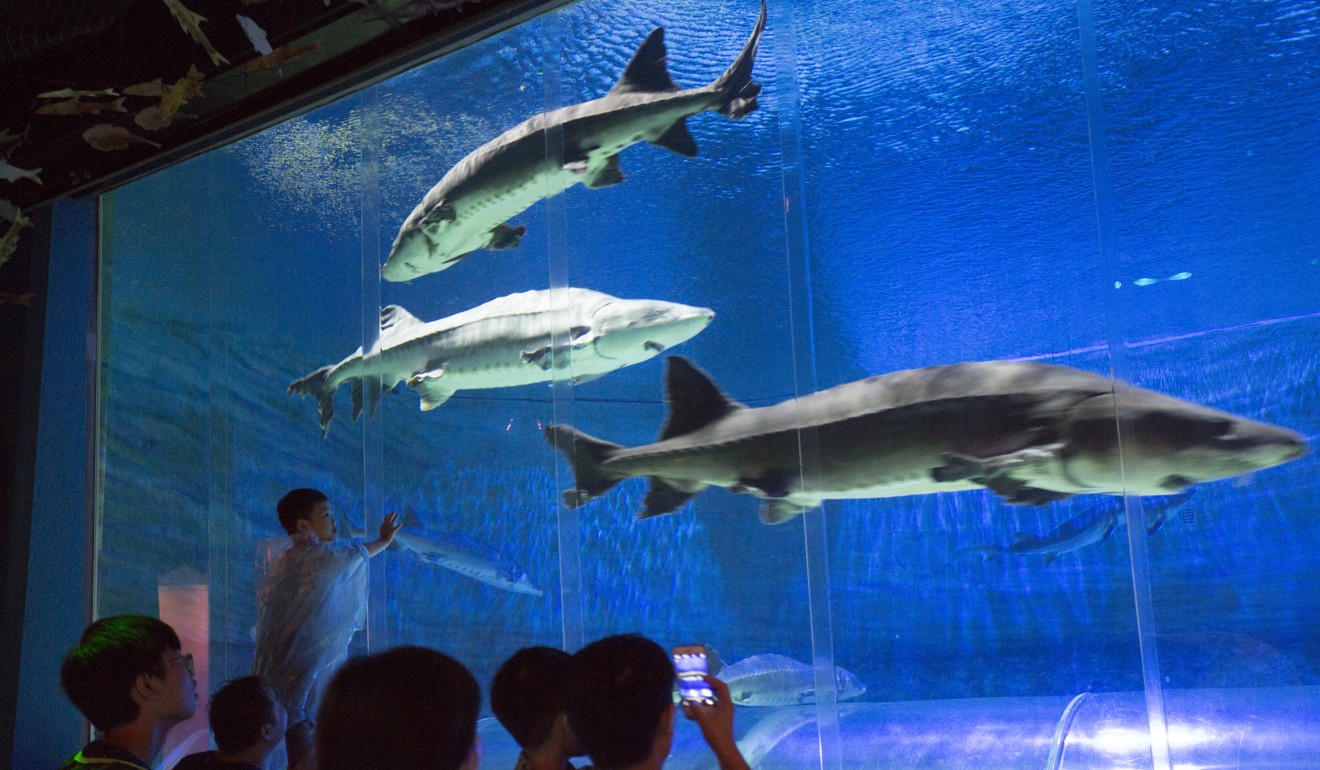
“In 2015/2016 fiscal year, the park donated HK$12.1 million to OPCFHK, which supported 32 projects across nine countries and involved 22 animal species in Asia,” the spokesman says.
Ocean Park is also the Agriculture, Fisheries and Conservation Department’s nominated partner for dealing with all marine mammal strandings in local waters, taking advantage of the park’s marine mammal veterinary expertise. The park also collaborates with the department to care for stranded sea turtles on a volunteer basis and has rescued 81 sea turtles, 63 of which were returned to the wild.
“Over the years, Ocean Park has evolved into an international conservation centre supported by dedicated and professional staff and a conservation foundation, conducting wildlife conservation research in Hong Kong and throughout Asia,” the spokesman says.
Stokes concedes that when there is a dolphin stranding, Ocean Park staff are often first on the scene. Also, there is certainly an impressive array of information panels and displays around the park, in English and Chinese, about various marine conservation themes. Visitors can learn about the dangers of marine plastic pollution, overfishing and the shark fin trade, and the park can hardly be blamed if visitors choose to ignore it.
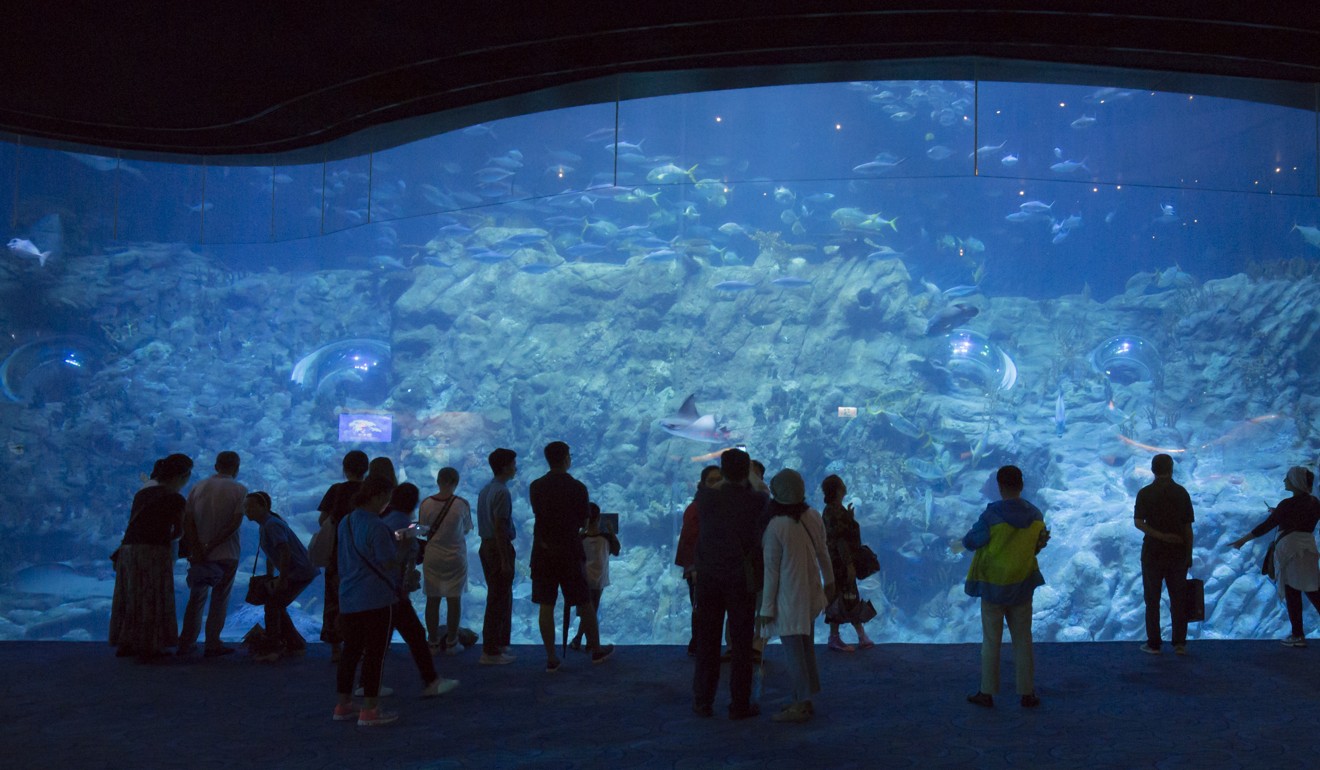
In 40 years Ocean Park has not recovered, rehabilitated and released a single Chinese white dolphin, and Ng says its voice is rarely heard in the debate about the need for marine parks and greater protection for local dolphins.
Only a few metres from the Grand Aquarium, with its an extensive display about the destructive damage of the seafood trade, is a food kiosk advertising Korean squid for HK$43.
Straws were not sold on site during Conservation Day in May, to “encourage cut in the use of disposable plastics in our daily life”, but are freely available for the rest of the year, as are plastic cups, bags and containers.
Gestures are harmless, but the audited accounts for the Ocean Park Conservation Fund and Ocean Park reveal the true scale of their conservation commitment. In 2015/16, the HK$12.1 million donation from Ocean Park represented less than one per cent (0.72 per cent) of the park’s gross revenue of HK$1.61 billion.
The accounts for the 2015/16 financial year show that the foundation spent HK$2.27 million on “earthquake rebuilding efforts”. Highly creditable, but of no help to the threatened dolphins of the Pearl River Delta or the groups trying to protect them.
The Hong Kong Dolphin Conservancy Society “receives no funding nor donation from Ocean Park nor Ocean Park Conservation Fund”, says Liu. Stokes fears the previous success of Ocean Park and its live animal shows has inspired about 28 copycat ocean-themed amusement parks across the mainland, some with substandard levels of animal husbandry.
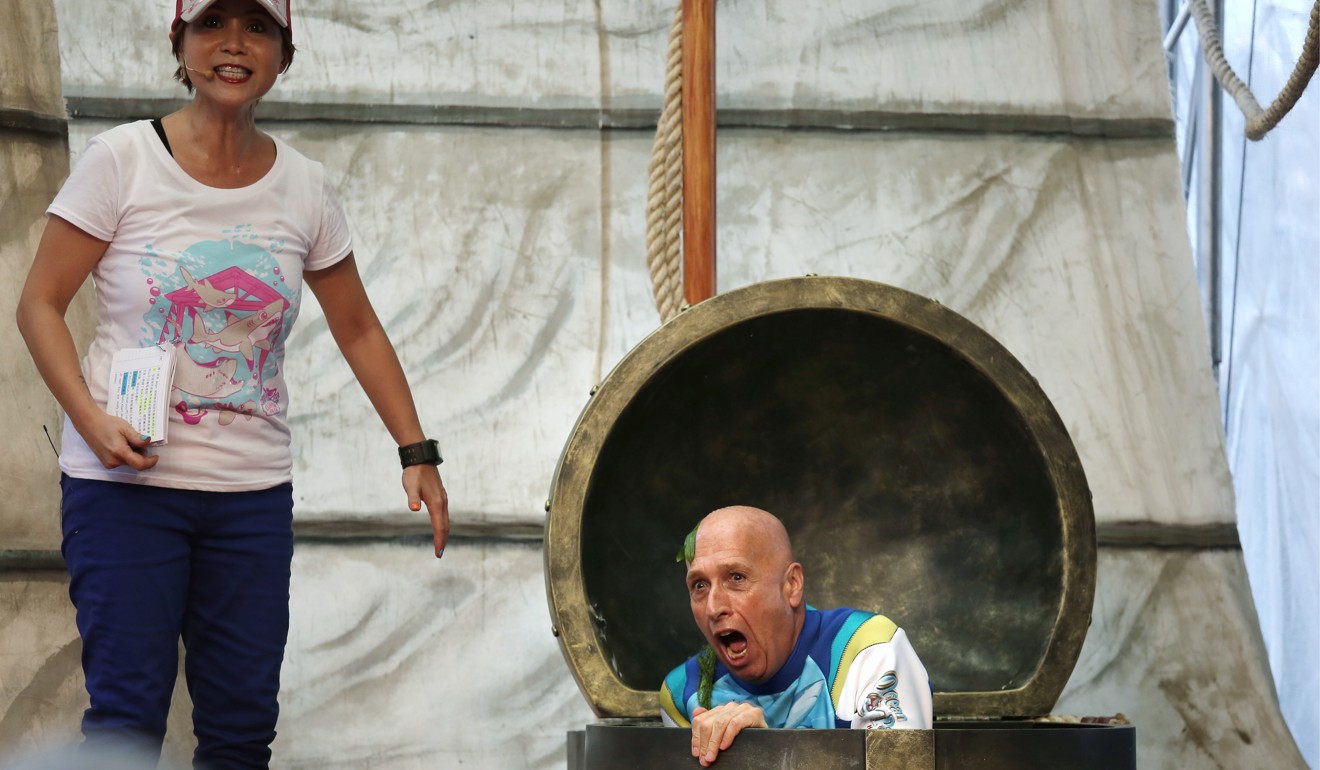
“Ocean Park is totally different. We are about animals, ocean, environment, education and conservation,” Zeman told Forbes in 2007. But with the departure of Zeman in 2014, that theme seems to be unravelling and, like the performing sea lion show, Ocean Park is looking increasingly dated and fake.